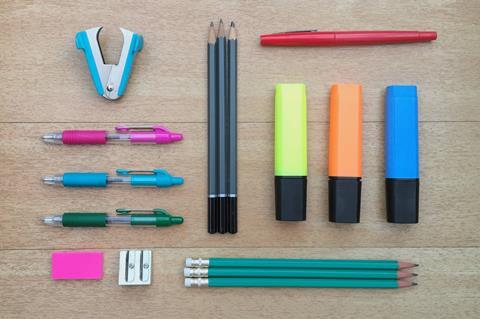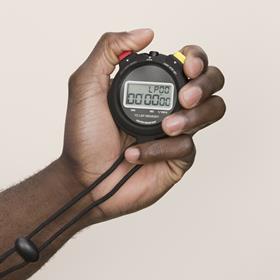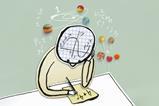Help students develop their organisational skills and get things done
Executive function skills is an umbrella term used to describe the skills you need to get things done. They include processing information, planning and organisation skills, working memory, and the ability to gauge the passing of time and remain focused.

These skills also help maintain attention and inhibit impulsive behaviour. In a typical practical science lesson, these skills would help a neurotypical student gather and set up apparatus, carry out an experiment and record results, all while resisting the temptation to poke things in the Bunsen burner.
Many students have difficulty in some of these areas, but students with some additional needs have even greater difficulties. If you integrate the development of these skills into your teaching, it will benefit all learners, not just those with specific learning needs.
A methodical approach
There are many ways to support the development of organisational skills. Whether you’re organising a practical task or the steps to a chemistry calculation, these methods would look similar. I’ve experienced success with a strategy called ‘task chaining’. As the name suggests, this technique involves breaking a task into a series of steps, with a review and some reinforcement between. This can be further enhanced by having a consistent set of routines and a well-organised and labelled lab. As these skills become embedded, you can move up to planning skills and get students to select apparatus (from a selection or from what you have in the lab) and build up through sequencing the steps of a process to planning a process.
You can provide students with clear checklists, or to-do lists, to support task chaining. Some learners benefit from being able to tick items off a list of equipment as it is collected, or the steps of an investigation as they are completed, for example.
Some learners may prefer a visual checklist or instructions. Integrated instructions can be used for this purpose. Visual instructions should be supplemented by oral instructions – this also helps with dual coding.
Colour-coding is another tool that supports organisational skills. For example, students may find it helpful to colour-code the subset of equipment required for heating with stickers of the same colour.

Time management can be supported with a timer or stopwatch. Although a stopwatch may do the job, a countdown timer is much more effective as it gives students a visual representation of the time remaining. There are many timing apps available for mobiles and tablets. Students may need to be told how much time to allocate to each task. Also remember they may need additional processing time.
Student grouping is a powerful tool that requires very little teacher preparation. The more often you change the grouping of students, the more they will get used to working this way. By grouping students who have weak executive function skills together with those who have stronger skills, students won’t be left floundering. If you train students to discuss the steps of an activity as they do it, they can reinforce the task chaining of the teacher.
Inhibition control takes a little more work. Encouraging students to wait five seconds before doing or saying something is a good starting point. I taught a student who would often blurt out questions one after another, so I provided him with a set of question cards on his desk and each time he asked a question he had to hand me a card. This strategy helped him think about his questions and develop the mental processes that inhibit shouting out.
Have some fun
Although I have tried a number of strategies to improve working memory, the impact of these activities is difficult to measure. The tray game always works brilliantly. Give students a Gratnells storage tray containing several pieces of lab equipment that they need to remember. Once they can remember what equipment is in the tray, start to remove individual objects and get students to say what’s missing (and what it is used for). Other similar activities include pelmanism (a memory training system, often using games), brain-teasers and logic puzzles, where appropriate. Some of these games also reinforce the retrieval of information.
Students thrive when a teacher is patient and uses lots of reinforcement and repetition
Rewards are a key part of a teacher’s repertoire of tools. Praise success and make a point of telling students when they do something well. Sometimes reinforcing an achievement together with the reason behind that task will help the learner commit to following your strategy and further embed the learning for future lessons.
Students with learning difficulties thrive when a teacher is patient and uses lots of reinforcement and repetition. Metacognition – thinking about your own understanding – is a highly effective strategy. By visually modelling the steps and connections you make, you will inadvertently help your students develop these skills. Finally, as with all scaffolding, you can reduce the level of this support as your students grow in these skills.

Supporting diverse learners

How to boost students’ acquisition of technical language in the science classroom
- 1
 Currently
reading
Currently
reading
Improve executive function skills for all
- 3
- 4




















No comments yet